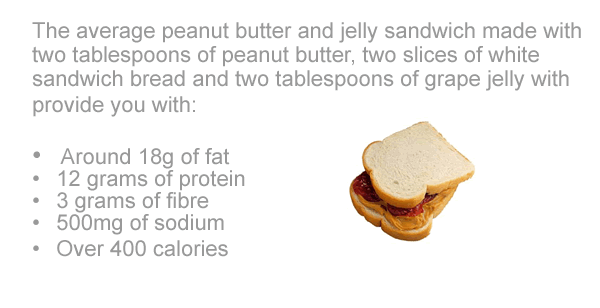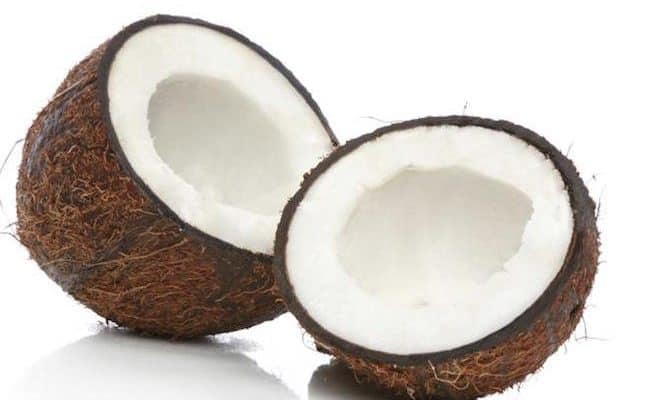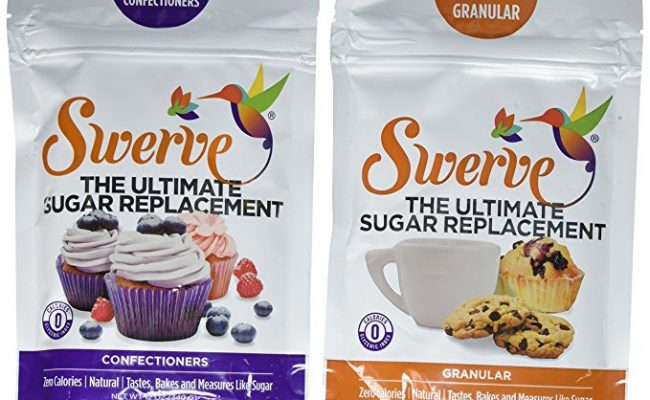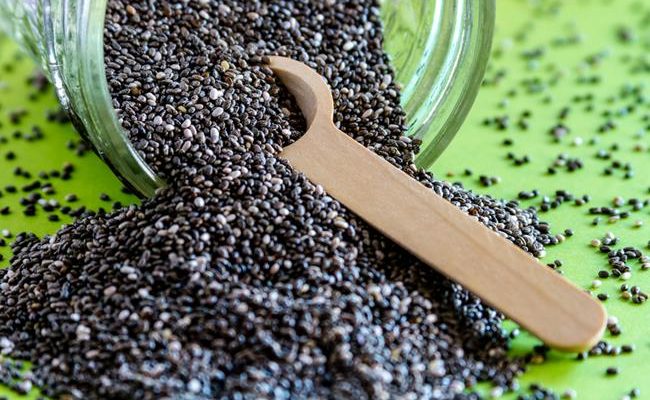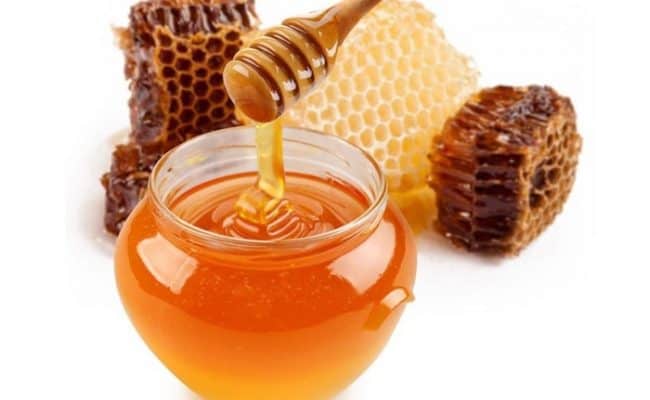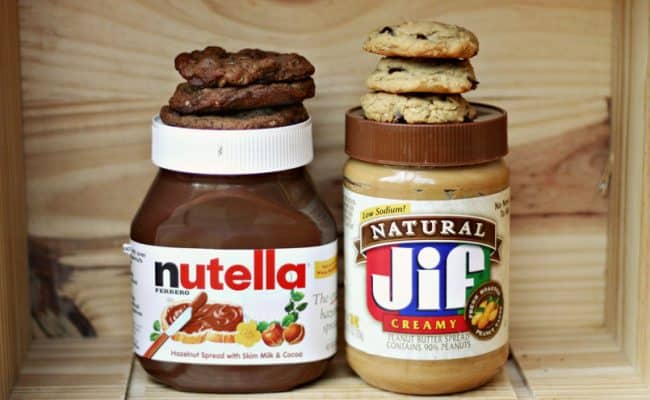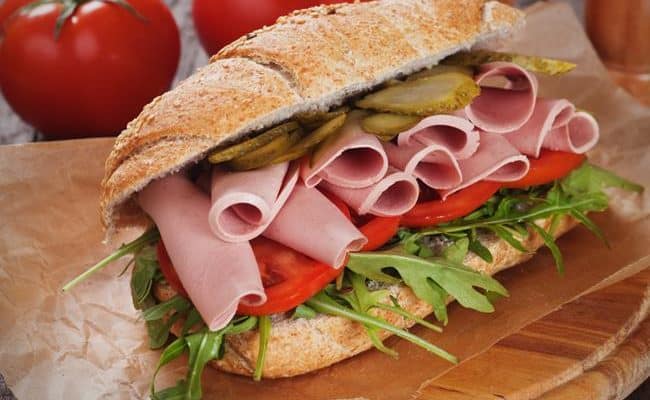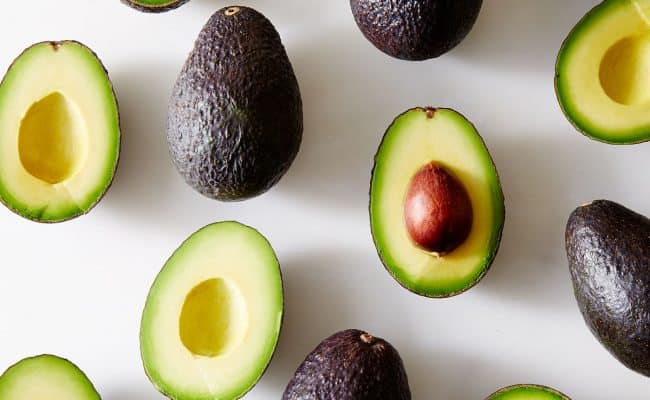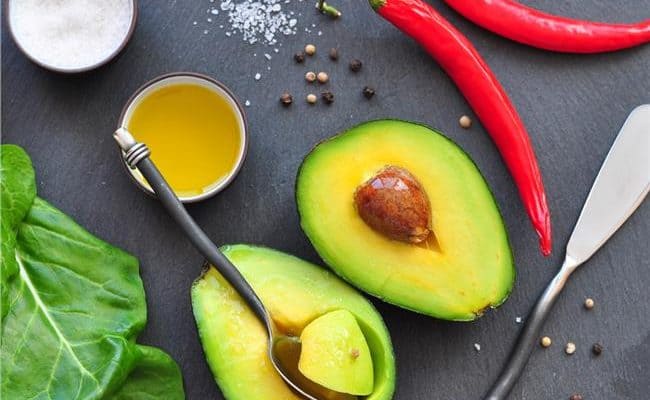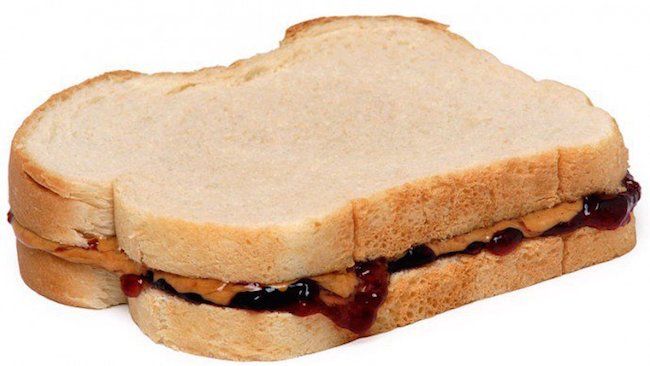
Peanut butter and jelly is a classic sandwich combination, but is not a food you would usually consider as a particularly healthy one. Are there any hidden nutrition benefits to be found in this lunchbox favourite and how can we make it a more nutritious option?
Peanut Butter
Peanut butter varies dramatically from brand to brand, with many commercial varieties containing large quantities of sugar, salt or added fats. However, if you choose well, peanut butter can be a good source of protein, as well as healthy, heart friendly fats in your diet.
It is however still high in calories, so should be consumed in moderation for those watching their weight. Be aware that some peanut butters advertised as low fat may contain added sugar or other undesirable ingredients to maintain the taste of the product without the fat. For this reason it is important to read labels and choose the healthiest version possible.
Jelly
Jelly is mainly made up of sugar and so contributes energy in the form of calories, but very little other nutritional benefit. For this reason it should not be considered a healthy option, even if the word fruit is mentioned on the label. Sugar free versions are a lower calorie option, but contain artificial ingredients for sweetness and still have no significant nutrients.
Bread
Depending on the type of bread you use this can be a very healthy component of the dish or one that offers calories and little nutritional value. White breads made with refined flour, which are a popular choice with peanut butter and jelly, are not much different than eating a sugary product such as the jelly itself.
These foods cause blood sugar levels to spike, then drop rapidly, leaving you hungry and craving more sugar. Refined bread products generally also contain little in the way of nutrients and fibre, but simply provide empty calories.
On the other hand, whole grain bread made with minimum processing can be very nutritious, providing a good source of B vitamins required for energy production and other functions in the body and fibre which is important for a healthy bowel and heart. (See also: Is bread bad for you and how much is too much)
Nutritional value
The average peanut butter and jelly sandwich is a mixed bag when it comes to nutritional content. Whilst there are definitely some positive points in terms of nutritional value, overall it is generally not the healthiest option.
When good choices are made in terms of bread and peanut butter, the sandwich is a good source of protein, healthy fats, fibre and B vitamins. However, it is a high calories choice and if unhealthy options are chosen with regards to bread and peanut butter can contain very little nutritional value.
This is a quite a large amount of fat and calories when you consider that for many people this type of sandwich would be eaten as a snack or as a part of a larger meal.
For lovers of peanut butter and jelly however, all is not lost. There are some easy ways to bump up the nutritional value of your favourite sandwich and reduce the calories, making it into a much healthier option.
How to make a healthier version of peanut butter and jelly
Choose healthier bread
By choosing whole grain bread rather than a refined white version you can instantly add fibre and B vitamins to your sandwich. Whole grain breads also tend to be low GI, meaning that they keep your blood sugar levels stable for a longer period of time, keeping you fuller for longer.
Swap jelly for Jam, Fruit Spread or a reduced sugar version
Jelly really has no nutritional value and only contributes empty calories. By choosing a no added sugar fruit spread or jam you are at least getting only natural sugars from fruit and may also benefits from some of the vitamins in the fruit, although this is likely to be minimal given the processing and the small amount you are actually eating.
These types of spreads generally have less sugar than jellies, however there is huge variation from brand to brand, so look for one that has fruit as the first ingredient rather than sugar and has the least amount of sugar possible.
Reduced sugar versions of jams and jellies are also an option and will work to reduce the calories in your sandwich. Another option to add nutrients and fibre is to replace the jelly with sliced banana or apple, which still gives the sweet taste, but provides some nutrition in the process.
Choose a healthier peanut butter
Ideally choose a completely natural peanut butter that contains only peanuts. Many health food stores have a machine where peanuts are ground to make fresh peanut butter and this is a great way to make sure you know what is in the butter.
You can also choose your favourite texture and it generally has a much better flavour than commercial varieties. If this is not possible, at least choose a brand that does not contain any added trans fats and look for one that has the least added ingredients. Lower sodium and added sugar are also things to look for.
Low fat versions may have less calories, but are often higher in sugar or salt to preserve the flavour. Considering that the fats in peanut butter are mainly healthy, there may not be a real need to choose lower fat versions. For a change you may also like to try other natural butters such as almond.
Reduce calories
To reduce the calories in the overall sandwich, try tricks such as slicing bread thinner, spreading peanut butter thinner and reducing the overall size of the sandwich by choosing a smaller size of bread. By choosing healthy options and reducing portion size you can almost cut the calorie content of the sandwich in half, making it the perfect snack or part of a larger meal.
Add a healthy side
Even when made in a healthy way, a peanut butter and jelly sandwich provides little in terms of vitamins. To make it into a healthy meal that provides a good range of foods from all the food groups, add a side salad or serve with a piece of fresh fruit.
